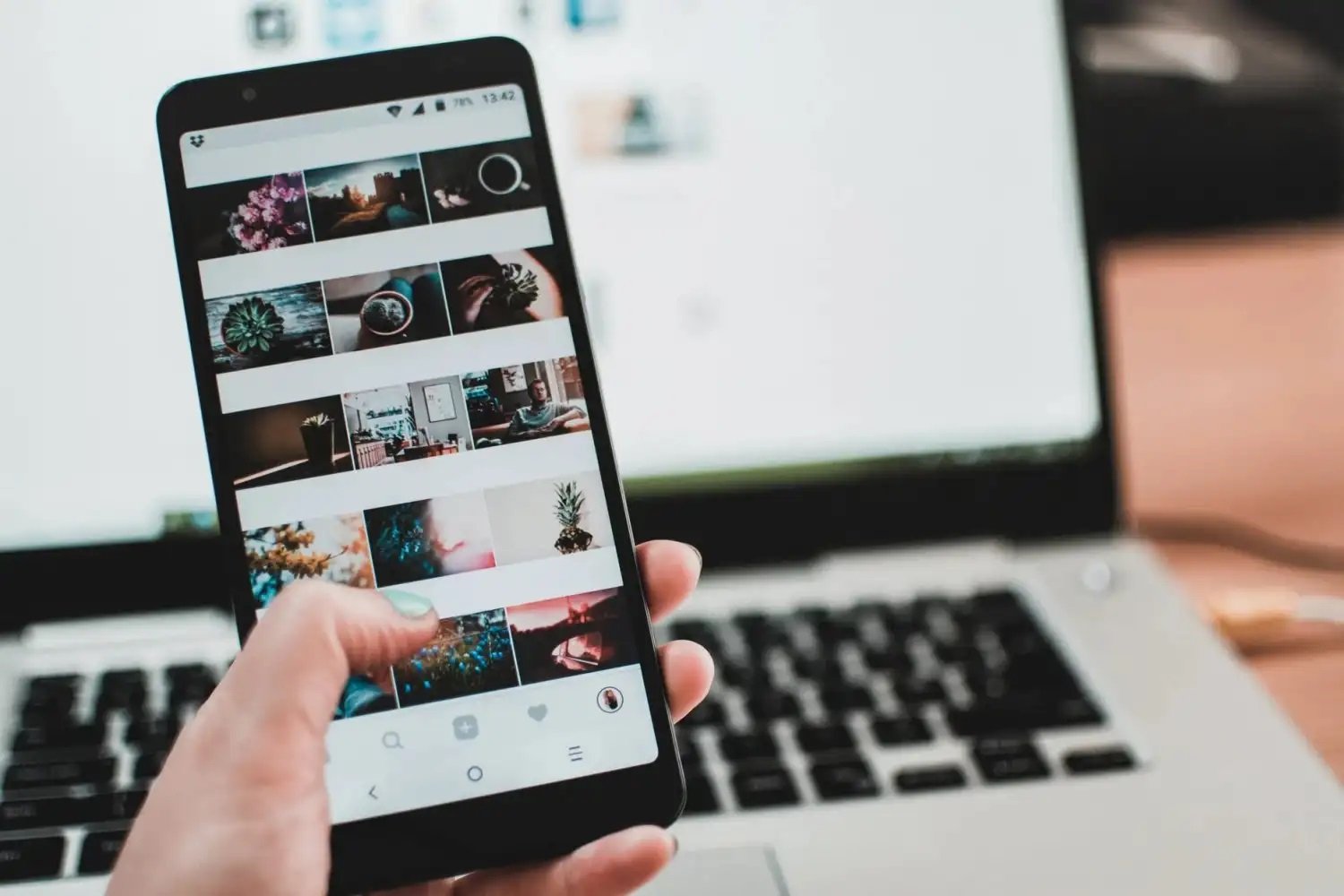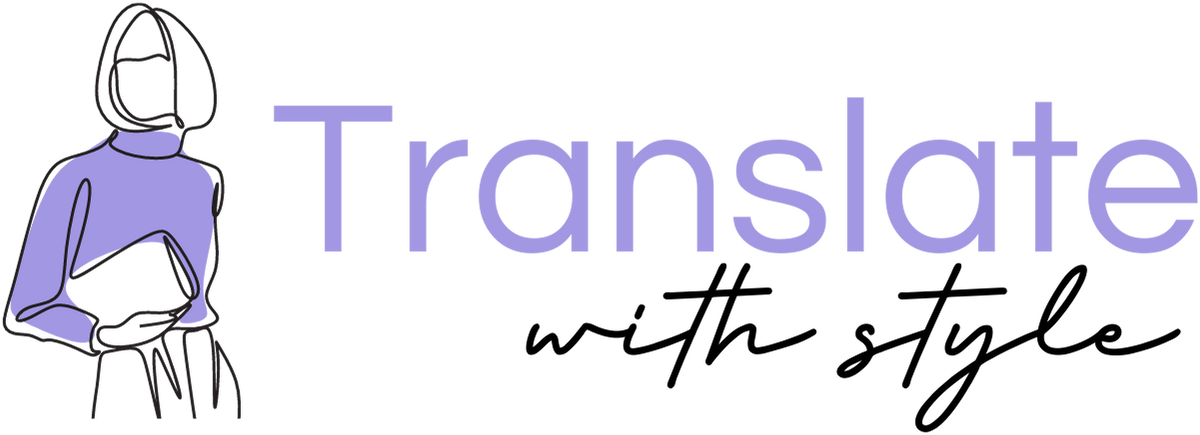In today’s digital age, businesses are expanding their reach beyond borders—seeking to connect with diverse audiences in a multitude of languages and cultural contexts.
This expansive reach, however, presents a unique set of challenges. Effective communication in this global marketplace involves far more than mere translation. It requires a deep understanding of cultural nuances, the use of innovative technologies like Artificial Intelligence (AI), and the human touch of professional translators specialized in marketing (have you heard about Transcreation?). In this comprehensive guide, we’ll explore the art of marketing translation and how it can drive global success.
In this article, we’re going to look into:
Understanding Cultural Nuances
Cultural nuances play a pivotal role in effective marketing translation. A message that resonates in one part of the world may fall flat or even offend in another. From language nuances and idiomatic expressions to cultural values and societal norms, every culture has its unique characteristics that must be considered in marketing content.
For example, colors can have different meanings and connotations across cultures. While red may symbolize luck and prosperity in Chinese culture, it can signify danger or warning in Western cultures. Similarly, imagery and symbols may carry different cultural significance, requiring careful consideration in marketing materials. For instance, a marketing campaign using owls as a symbol of wisdom might be well-received in Western cultures but could be less effective in India, where owls can symbolize bad luck.
Navigating AI and Human Synergy in Translation
The advent of AI and machine learning has revolutionized translation, making it faster and more accessible. However, the nuances of marketing translation often elude even the most advanced algorithms. AI can translate words, but it cannot interpret culture. That’s where the irreplaceable value of human translators comes into play. They bridge the gap between AI efficiency and the emotional depth of human understanding, ensuring that translated content resonates on a cultural level.
Professional translators, with their blend of linguistic skill and cultural insight, are instrumental in this process. They do not just translate; they transcreate, adapting messages to echo in the hearts and minds of the target audience. Their work ensures that every translation maintains the brand’s essence, adapting it to fit seamlessly into the cultural fabric of each new market.

The Role of Professional Translators
Professional translators play a crucial role in marketing translation, acting as cultural ambassadors for brands seeking to expand their global footprint. These skilled linguists possess a deep understanding of both source and target languages, as well as the cultural contexts in which they operate.
Professional translators not only translate content accurately but also adapt it to suit the preferences and expectations of local audiences. They leverage their linguistic expertise and cultural knowledge to ensure that marketing messages are culturally relevant, engaging, and persuasive.
Moreover, professional translators serve as guardians of brand integrity, ensuring consistency in messaging and brand voice across different markets. By maintaining brand coherence and authenticity, they help strengthen brand identity and build trust with consumers worldwide.
Implementing Best Practices for Impactful Marketing Translation
To ensure successful marketing translation, businesses should adhere to the following best practices:
- Cultural Research: Conduct thorough research on the target market’s language, culture, and consumer preferences before translating content.
- Collaborative Approach: Foster collaboration between marketers, translators, and cultural consultants to ensure alignment and cultural authenticity in translated content.
- Localization: Customize content to fit the cultural nuances and preferences of the target market, including language, imagery, and messaging.
- Quality Assurance: Implement robust quality assurance processes to review translated content for accuracy, clarity, and cultural appropriateness.
- Continuous Improvement: Embrace feedback from local stakeholders and monitor the performance of translated content to inform future translation efforts.
Conclusion
In an increasingly globalized world, marketing translation has become a critical component of international business success. By understanding cultural nuances, leveraging both AI and human translation, and working with professional translators, businesses can effectively communicate with diverse audiences worldwide, drive engagement, and build lasting relationships with consumers across borders. As you embark on your global marketing journey, remember the power of translation in bridging cultural divides and unlocking new opportunities for growth.




